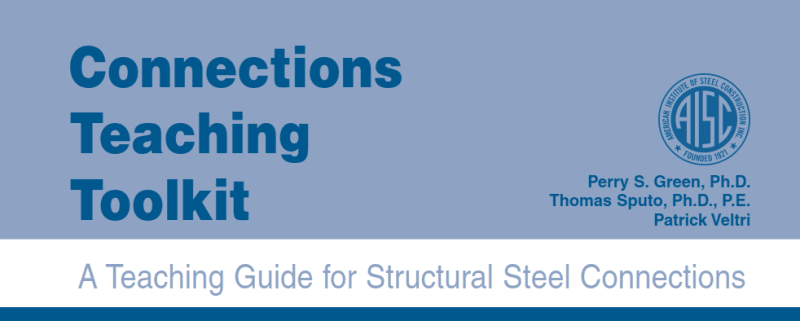kobzarev_92
Structural
- Oct 5, 2022
- 5
Dear all,
I'm starting this thread in search for infos about a problem I encountered while reading a passage from N. Subramanian "Design of steel structures". The book is really detailed and explains well the basics (and even something else) of steel structure design, however I found a non really clear passage that I want to share with the community, hoping to find an answer. The first attached image deals with braced frames structure type. In the above mentioned passage it is stated that at the bottom chord of the frame (under tension in normal DL+LL condition), there will be a truss frame in order to collect horizontal loads to be transmitted to the gable ends bracings. While it is clear the use of the truss frame, I found some difficulties in finding a good joint detail solution like the one indicated as "Joint n°1". I didn't really find any useful infos around the web with a detailed sketch of how a similar joint could be done. Just to be clear, I'd like to know if someone could suggest how a joint in that situation could be done, containing the truss/wind column, the "eave strut" at bottom chord level, the diagonal in the bottom chord and the bottom chord itself. My concern is to have a joint that really replicates the physical behavior of a truss frame under horizontal loads, avoiding other internal forces to be transmitted.
Same goes for the second attached image, where I indicated the "Joint n°2". However in this case the truss frame is used in the gable ends to collect horizontal loads to be transmitted to the longitudinal side bracings.
Thanks in advance for any answer!


I'm starting this thread in search for infos about a problem I encountered while reading a passage from N. Subramanian "Design of steel structures". The book is really detailed and explains well the basics (and even something else) of steel structure design, however I found a non really clear passage that I want to share with the community, hoping to find an answer. The first attached image deals with braced frames structure type. In the above mentioned passage it is stated that at the bottom chord of the frame (under tension in normal DL+LL condition), there will be a truss frame in order to collect horizontal loads to be transmitted to the gable ends bracings. While it is clear the use of the truss frame, I found some difficulties in finding a good joint detail solution like the one indicated as "Joint n°1". I didn't really find any useful infos around the web with a detailed sketch of how a similar joint could be done. Just to be clear, I'd like to know if someone could suggest how a joint in that situation could be done, containing the truss/wind column, the "eave strut" at bottom chord level, the diagonal in the bottom chord and the bottom chord itself. My concern is to have a joint that really replicates the physical behavior of a truss frame under horizontal loads, avoiding other internal forces to be transmitted.
Same goes for the second attached image, where I indicated the "Joint n°2". However in this case the truss frame is used in the gable ends to collect horizontal loads to be transmitted to the longitudinal side bracings.
Thanks in advance for any answer!



![[bigsmile] [bigsmile] [bigsmile]](/data/assets/smilies/bigsmile.gif)
![[smile] [smile] [smile]](/data/assets/smilies/smile.gif)




![[ponder] [ponder] [ponder]](/data/assets/smilies/ponder.gif)